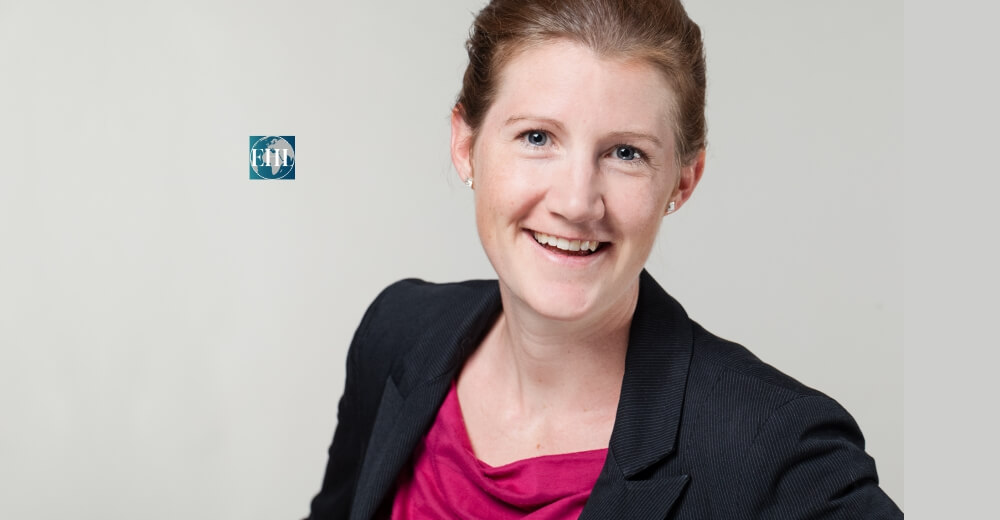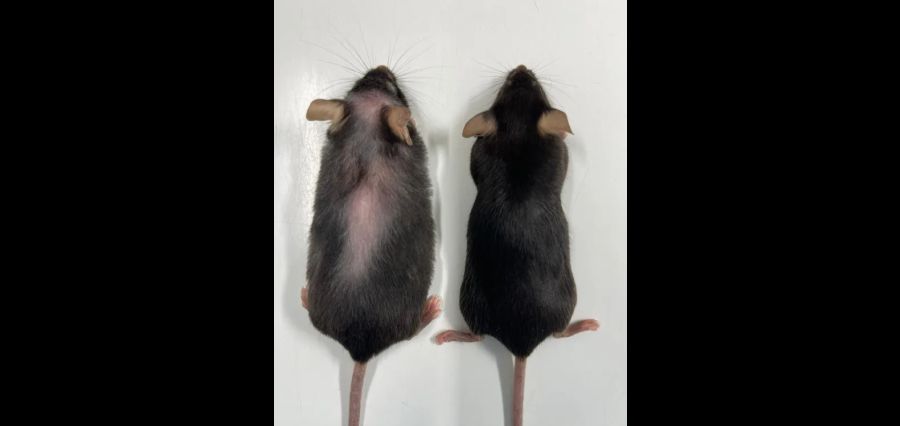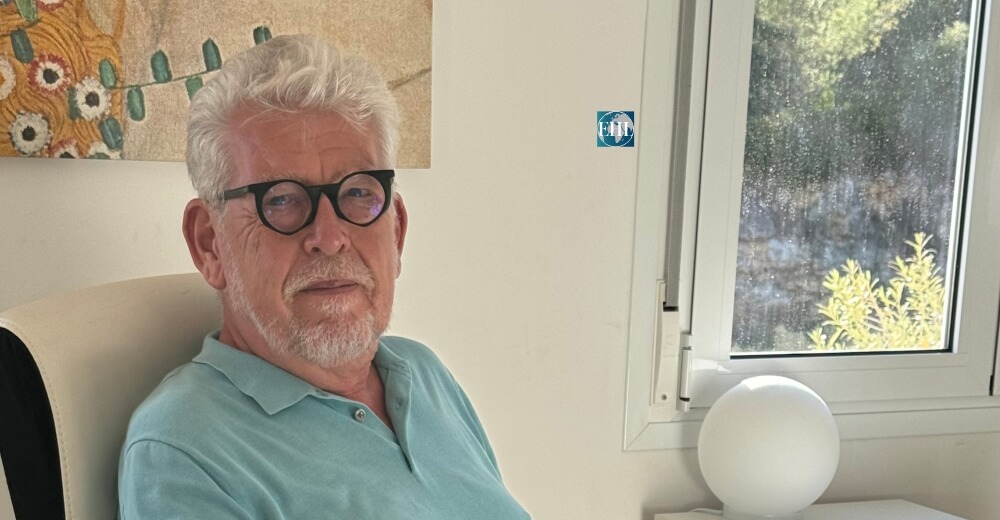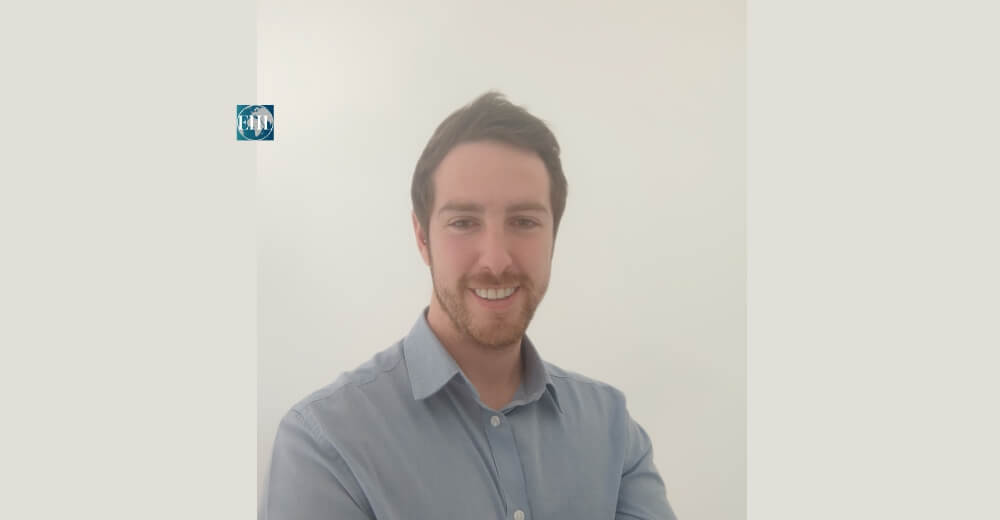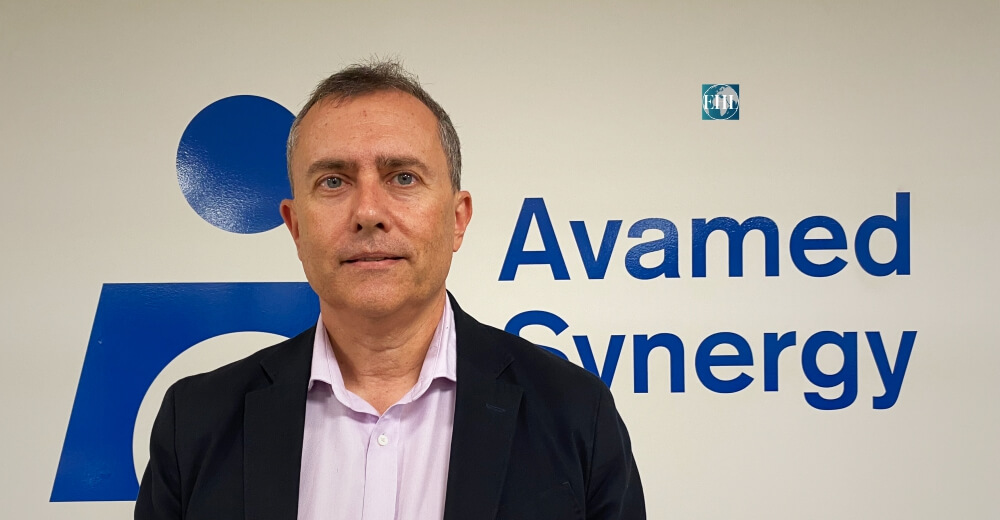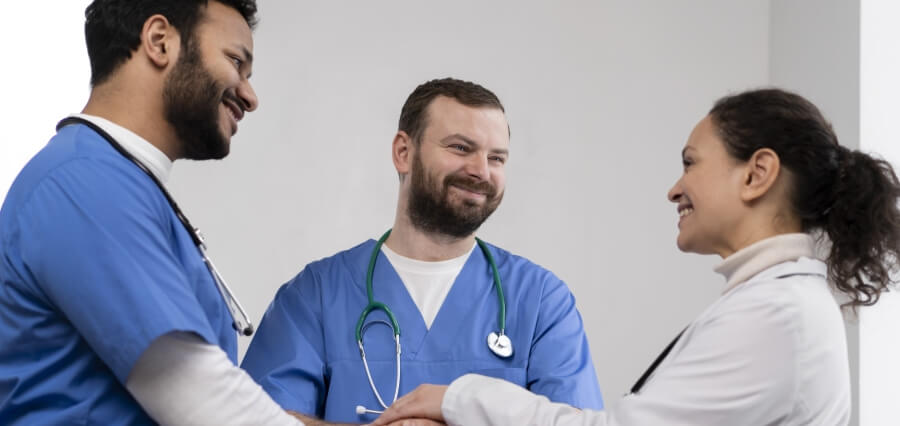At the forefront of progress and transformation in healthcare, European leaders are making remarkable contributions that set them apart as visionaries in the field. Among them is Ronja Müller-Bruhn, the dynamic CEO and Founder of STIMIT AG.
Ronja’s responsibilities span beyond the conventional role of a CEO. She directs the execution of the company’s business plan, manages resources and talent, yet still continues hands-on on technical and clinical and value proposition solution development as much as possible. STIMIT, under Ronja’s guidance, has emerged as a leader in the development of a non-invasive, user-friendly product designed to stimulate and train the respiratory muscle, specifically the diaphragm, through targeted electromagnetic stimulation.
Ronja’s role is truly interdisciplinary, requiring a deep understanding of both technology and clinical and regulatory aspects to make informed decisions. Her commitment extends to collaborating with clinicians worldwide to design innovative clinical strategies and application studies.
From personally developing the first prototypes as a medical engineer to now overseeing the leadership of STIMIT’s product and technology which is now led by the COO and CTO, Ronja exemplifies resilience and adaptability. She connects internal and external team members globally to pursue common goals and a shared vision.
In our exclusive interview, Ronja shares her compelling professional journey and the story behind the establishment of STIMIT.
What inspired you to establish STIMIT, and what are the core values that drive the company’s mission?
Our vision is to achieve a breakthrough in critical care through non-invasive technologies, empowering patients to breathe naturally.
The idea was born when we observed that patients who do not breathe: “Use it or lose it!” Patients on mechanical ventilators “do not use it” (they are being ventilated and do not breathe on their own) and thus they lose their core breathing muscle (diaphragm) by 50% in 18-69 hours (Levine et al. 2008). Those patients get into difficulties to breathe on their own because their “breathing muscle” is weakened, so liberation from the mechanical ventilators becomes difficult and time- and resource-consuming.
STIMIT has invented a non-invasive medical device to stimulate the core breathing muscle, the diaphragm, and has shown in clinical studies that a true diaphragm breath can be stimulated, thus created and also modulated. By stimulating their breathing muscle, suddenly non-breathing patients become breathing patients again! And this will revolutionize critical care completely over the next decades.
What are the significant challenges you have encountered in the development and implementation of disruptive medical devices, and how have you addressed them?
As the CEO of STIMIT AG, I have faced several significant challenges during the development and implementation of our groundbreaking medical device development. One of the central difficulties was dealing with complexity: critical care is a very unique use environment.
Because nobody had ever done this before, we had constant iterations between cutting-edge technological developments and usability testing, until we got to the product design of today.
To address this challenge, we invested heavily in research and development, collaborated with highly skilled teams of experts, and secured multiple patents and kept maximum speed & responsiveness to protect our innovative solutions. Conducting comprehensive physiological feasibility tests and prototyping were crucial in validating our technology and ensuring it met the highest standards.
We aim to overcome financing and regulatory compliance hurdles with our expected low-risk unique approach. We also developed a value-based business model.
What sets STIMIT apart in the field of critical care, and how does it contribute to the advancement of healthcare technology?
I am proud that our company plays a pioneering role in the field of intensive care. What sets STIMIT apart is our unique focus on the non-invasive activation of the diaphragm which is being designed to preserve the diaphragm (thickness) in critically ill patients. This approach has disruptive potential in critical care. We focused on a very safe approach with our first application: medical innovation is adopted slowly; thus, our first product cannot be too disruptive. We disrupt stepwise and our pipeline is filled for 20 years.
What leadership principles guide your approach to driving innovation and creating value within the healthcare sector?
Strong User Orientation: Our innovations are based on strong and clear user needs: patients and healthcare professionals. By understanding their challenges and requirements, we create solutions that provide real value.
Innovation through Simplicity: Complex problems do not necessarily require complex solutions. I believe that innovation can also stem from simple and intelligent approaches. We aim to break down complex challenges into clear and achievable steps. We protect innovation by patents & speed. Collaborating with the best people worldwide allows us to be cutting-edge.
Novel therapy needs step-wise evidence: While evidence is extremely expensive, building evidence step by step over time not only strengthens our confidence in the safety and effectiveness of our solutions but also manifests the foundation of our value proposition.
Overall, we are dedicated to user & business value combined with true impact. These two values go hand-in-hand: value-based medicine is the future of healthcare industry – delivering true and measurable value is key.
Can you elaborate on the impact that STIMIT aims to achieve in the healthcare industry, and how it aligns with the broader goals of patient care and well-being?
STIMIT’s value offering is in line with healthcare industry values:
Patient Empowerment & Early Intervention: Our technology & treatment concepts aim to empower patients by preserving their ability to breathe naturally on their own. There is nothing more beautiful than empowering a patient to breathe or heal on their own, preserve and prevent as much as possible. Early intervention is key. Only with these approaches, healthcare efforts and costs can be drastically cut.
Neurostimulation is an emerging field: the entire body communicates via nerves. Heart, brain, lung are constantly communicating, at a speed of > 200km/ h, via nerves. If we “hack” into those nerves, the potential to activate areas in the body that need activation, are huge. STIMIT focuses on the diaphragm, but similar technologies have shown potential for depression treatment, for pain relief and other application areas. Non-invasive neurostimulation is an emerging and exciting field to be in.
How do you envision the future of healthcare, and what role does STIMIT play in shaping this future?
A future critical care patient will be awake, breathing naturally, and contribute actively to his personal healing process. Empowering patients to breathe on their own, creating & modulating & shaping any breath is a huge potential we have been striving to realize for decades.
What advice would you offer to aspiring entrepreneurs and innovators looking to make a meaningful impact in the healthcare technology space?
Think Global: Developing healthcare technologies often requires significant financial resources. It’s getting more and more challenging with rising hurdles and tough financing environment. Do not get stuck in your hospital next-door: think global to identify the best product market fit for your product.
Listen to others: immerse yourself in clinical applications & communities always, and never stop learning.
Focus on building evidence: Trust is crucial in the healthcare sector. Base your innovations & business model on true, measurable endpoints & value.
Persistence: Transforming an idea into a product with excellent product-market fit is a long journey in healthcare. It requires a long breath. Do not re-invent the wheel be open to partnerships; re-invent what’s really needed by the patient and markets. It takes a lot of passion to overcome hurdles – the entrepreneur is key in this journey.

